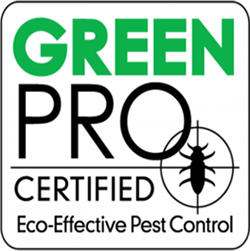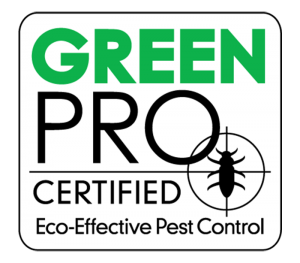Pest proofing your home in the spring/summer
Dealing with pests indoors and outdoors is part of everyday life for most of us. It’s not unusual to see an occasional ant or other insect crawling around your countertops or kitchen floor. Unfortunately, a few insects can turn into many in a very short period of time, especially in the warmer months.
Indoor pest proofing
Once pests find their way into your home they can become very destructive. Ants, beetles and rodents will eat your pantry items and therefore ruin much of your stored food. Keeping every single pest out of your home is near impossible so storing food properly and taking preventative measures to keep invasive pests from infesting and nesting in your home is key.

- Consider investing in some airtight food storage containers to keep items such as sugar, flour, cereals, cookies, and even bread, securely stored in. Keeping items stored in the refrigerator is also an effective step to keep foods fresher during warmer months and protect them from insect invasions.
- Throw away any expired or old items that are taking up extra space. There is no need to have items around that you’ll never use and will only provide an enticing environment for indoor pests.
- Take out any kitchen trash and especially food waste to dispose of in outdoor receptacles on a daily basis. Leaving waste to sit inside, even in secure trash bins will be very inviting to many pests.
- Be sure all dog and cat food is stored off the floor. Clean up any spilled water or pet foods immediately. Rinse and dry pet bowls after they’ve eaten. The strong smell of many pet foods is inviting to pests and will draw them indoors.
- Do not leave damp towels or soiled laundry laying around. Keep these items in a laundry hamper and wash as soon as possible. Many insects are drawn to moisture and will seek refuge in any item that provides a moist environment.
Outdoor pest proofing
There are some basic routine steps to make your exterior areas as unattractive as possible to nuisance pests and secure any entry points where they can easily access your interior.
- Keep your yard free of debris. Vegetation like leaves and grass clippings are ideal hiding places for many pests. They will not only eat this yard waste but they will also nest in it. Prune any shrubs and tree limbs touching the house to eliminate entry points. Check for any sitting water in planters or any other receptacles outside as mosquitos only need the smallest amount of water to breed.
- Use pest-resistant trash receptacles and keep these receptacles in an area away from your windows and doorways. Lids should be self-closing with a tight seal, and containers should be washed out regularly.
- Encourage birds and bats. You can actually build or buy bat houses to entice these natural predators of many pesty insects, including mosquitoes. To encourage birds to take up residence in your yard, plant trees or shrubs for nest sites, and provide a fresh water source with flowing water such as a decorative water fountain.
- Plant some mosquito-repelling plants that are natural deterrents. Do beware as some plants and herbs are harmful to pets so do a little research first if you’re planting anything in areas where pets can access them.
- Perform seasonal maintenance checks. This requires a “walk-around” visual inspection to inspect areas of previous insect activity and ensure there aren’t any obvious weak points where pests can easily enter your home. Look for torn window screens or storm doors that aren’t closing correctly.
Even if you take these precautions and are alert to any recent pest activity in your home, there can still be problems. If you find that your home has been invaded by any pests contact Spence’s Pest Control for all your seasonal pest concerns.












